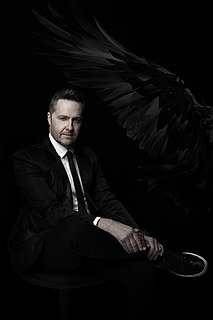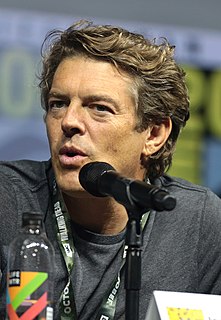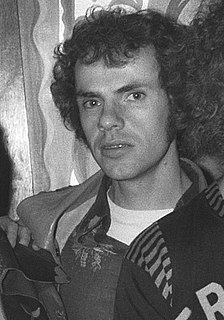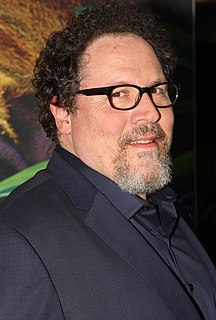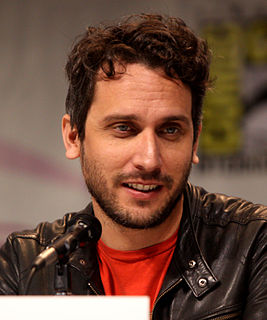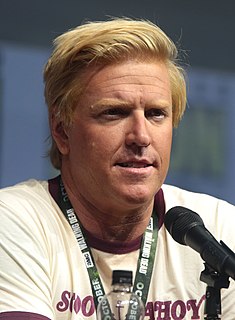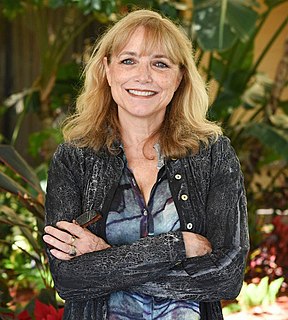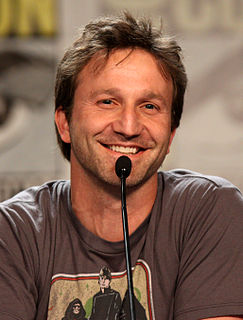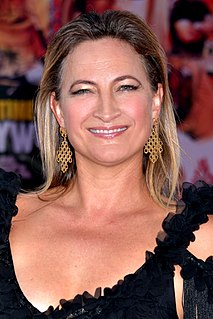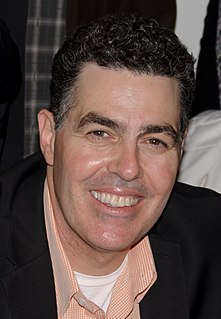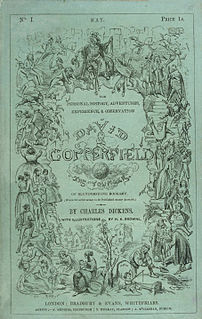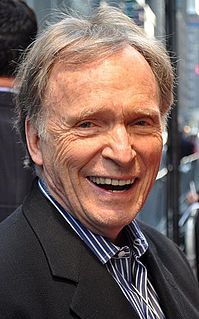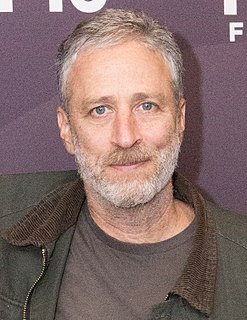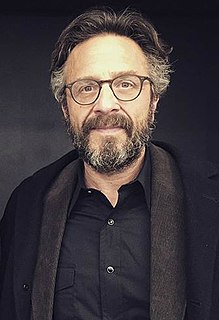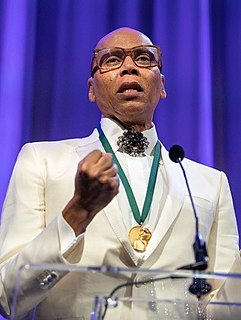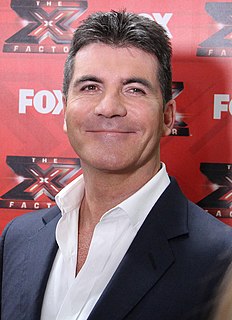A Quote by Keith Barry
Our ethos for 'Now You See Me 2' was that everything in the movie at least had the potential to be done in real life, and I'd say over 90% of it was actually done in-camera with no CGI. Of course, movies like this are always going to be bound by the rules of Hollywood, being there's going to be enhancements of CGI.
Related Quotes
If you think about it, you can have the best CGI, but you can always tell that it is CGI. Your brain can spot that is not real even though you think it looks cool. Your brain knows the truth, so you don't jump and you don't scream. It was very important for me to expose the audience to real elements.
Approximately 400 cuts - that would make 25 percent of the total - use CGI. I worked on the Steamboy's animation production based on the usual handwriting method. Digital animation is just supplementary. I didn't do anything surprising, because the idea is to overcome the limitation of expressions done by handwriting with the help of CGI.
With all the hype that computer graphics has been getting, everybody thinks there's nothing better than CGI, but I do get a lot of fan mail saying they prefer our films to anything with CGI in it. I'm grateful for that, and we made them on tight budgets, so they were considered B-pictures because of that. And, now here we are, and they've outlasted many so-called A-pictures.
